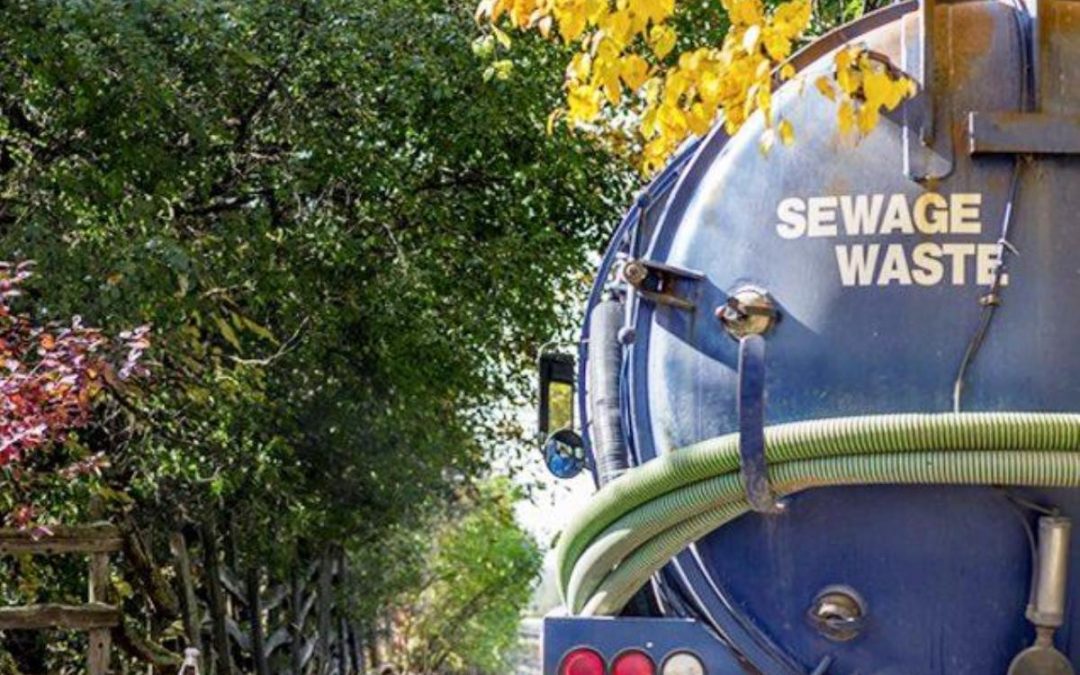Our Reclaim Waste Diaries
Wiki Article
Getting My Reclaim Waste To Work
Table of ContentsThe Best Strategy To Use For Reclaim WasteThe Definitive Guide to Reclaim WasteThe 5-Minute Rule for Reclaim WasteThe Only Guide for Reclaim WasteThe Best Guide To Reclaim Waste
Discover the types, occurrences, and types of liquid waste. Domestic sewage waste refers to the waste and items from a domestic septic container. This kind of waste is created by humans in houses, institutions, and other buildings. This only includes septic systems that have a drainpipe area. The correct management and disposal of domestic sewer waste call for liquid waste to be moved to a sewer treatment plant where the appropriate methods and tools are put on cleanse and dispose of waste.
Industrial waste frequently includes prospective hazards, such as flammable materials or a mixture of liquid and solid waste items, and requires an extra advanced and comprehensive disposal procedure. The disposal of industrial waste typically includes the filtration of waste prior to transport to make certain risk-free and appropriate disposal. Hazardous waste is produced from byproducts and drainage of industrial processes and production.
This sort of waste can not use the very same sewer monitoring transport or procedures as septic or business fluids. The commercial waste monitoring procedure calls for the evaluation and testing of liquid waste prior to it undertakes the disposal process (liquid waste removal melbourne). Overflow waste is the liquid waste that originates from overflow and excess stormwater in extremely populated areas or cities
Drainage waste can trigger contamination and flooding if not managed properly. Guaranteeing correct waste monitoring can avoid disasters and lower environmental harm.
10 Simple Techniques For Reclaim Waste
Contact PROS Providers today to learn about our waste management and disposal services and the correct ways to take care of the fluid waste you generate.(https://reclaim-waste.jimdosite.com/)Do you know what happens to your water when you end, purge the toilet or drain pipes the washing equipment? No? Well, it's worth recognizing. This supposed 'wastewater' is not just a crucial source but, after treatment, will be launched to our land, waterways or the ocean. Used water from commodes, showers, baths, kitchen area sinks, laundries and industrial procedures is called wastewater.

water utilized to cool down equipment or tidy plant and tools). Stormwater, a kind of wastewater, is drainage that flows from agricultural and city locations such as roof coverings, parks, gardens, roads, courses and gutters into stormwater drains pipes, after rainfall. Stormwater flows unattended directly to local creeks or rivers, ultimately reaching the sea.
How Reclaim Waste can Save You Time, Stress, and Money.
In Queensland, the majority of wastewater is treated at sewer therapy plants. Wastewater is carried from residential or commercial websites via a system of sewage systems and pump terminals, called sewerage reticulation, to a sewage treatment plant. City governments develop, preserve and operate most sewage treatment plants. Operators are licensed under the Environmental Defense Act 1994 to release cured wastewater at an appropriate ecological requirement right into rivers.The Division of Natural Resources encourages neighborhood federal governments regarding managing, operating and maintaining sewage systems and treatment plants. In unsewered areas, city governments might call for owners to mount private or house sewer treatment systems to treat residential wastewater from bathrooms, kitchen areas, shower rooms and washings. The Department of Natural Resources authorises the usage of family systems when they are proven to be efficient.
In some new communities, treatment of some stormwater to get rid of clutter, sand and crushed rock has begun using gross pollutant traps. Wastewater treatment takes place in 4 phases: Gets rid of strong matter.
Uses small living microorganisms understands as micro-organisms to break down and remove staying liquified wastes and fine particles. Micro-organisms and wastes are included in the sludge.
Some Known Details About Reclaim Waste
Nutrient removal is not available at all sewage treatment plants due to the fact that it requires expensive specialized equipment. Clear liquid effluent created after treatment might still have disease-causing micro-organisms - liquid waste removal.
This generally indicates wastewater needs to be treated or pollutants eliminated before it can be discharged to rivers. Many wastewater moves right into the sewage system. Under the Act, local governments administer approvals and permits for ecologically appropriate activities (Ages) entailing wastewater releases that may have a neighborhood impact. The department provides approvals and licences to Periods entailing wastewater launches that could have a local or statewide effect.
Some Known Questions About Reclaim Waste.
Tracking gives factual info regarding water top quality and can verify that permit problems are being satisfied. The info acquired via tracking supplies the basis for making water quality choices.Report this wiki page